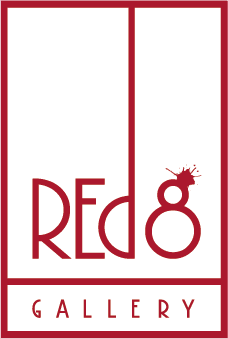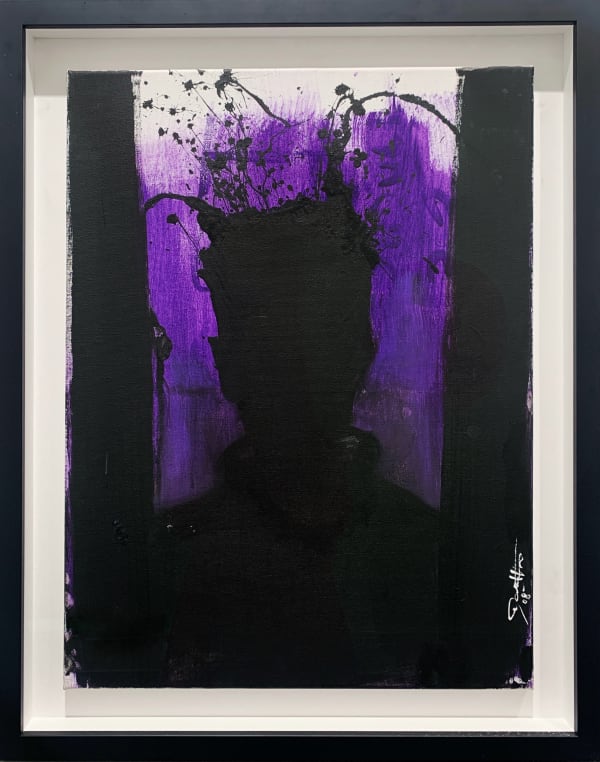Richard Hambleton
“I painted the town black,” Richard Hambleton once said. “They could represent watchmen or danger or the shadows of a human body after a nuclear holocaust or even my own shadow.”
Richard Hambleton, an American-Canadian graffiti artist, gained recognition for his prominent use of a recurring motif—a black-silhouetted figure recognized as the Shadowman.
In the early stages of his public art career, Hambleton created the Image Mass Murder series. Between 1976 and 1978, he painted police-like "chalk" outlines around volunteer "homicide victims," adding splashes of red paint to create realistic-looking crime scenes. These installations were strategically placed on the streets of 15 major cities across the United States and Canada. Similar to Hambleton's later "Shadowman" paintings, the Image Mass Murder pieces frequently had the intended effect of surprising or shocking passersby.
In 1979, Hambleton made a permanent move to the Lower East Side of New York, where he gained significant recognition for his "Shadowman" paintings in the early 1980s. Each artwork featured a life-sized silhouette, resembling a mysterious and dynamic "splashy shadow figure." Hambleton applied black paint to create these "shadow paintings," adorning hundreds of buildings and structures throughout New York City. The locations were strategically chosen to maximize their impact on unsuspecting pedestrians, often placing a "Shadowman" in dark alleys or just around street corners. Expanding his project's scope, Hambleton extended these "shadowmen" to other cities such as Paris, London, and Rome. In 1984, he painted 17 life-size figures on the East side of the Berlin Wall, returning a year later to add more figures on the West side of the wall.








